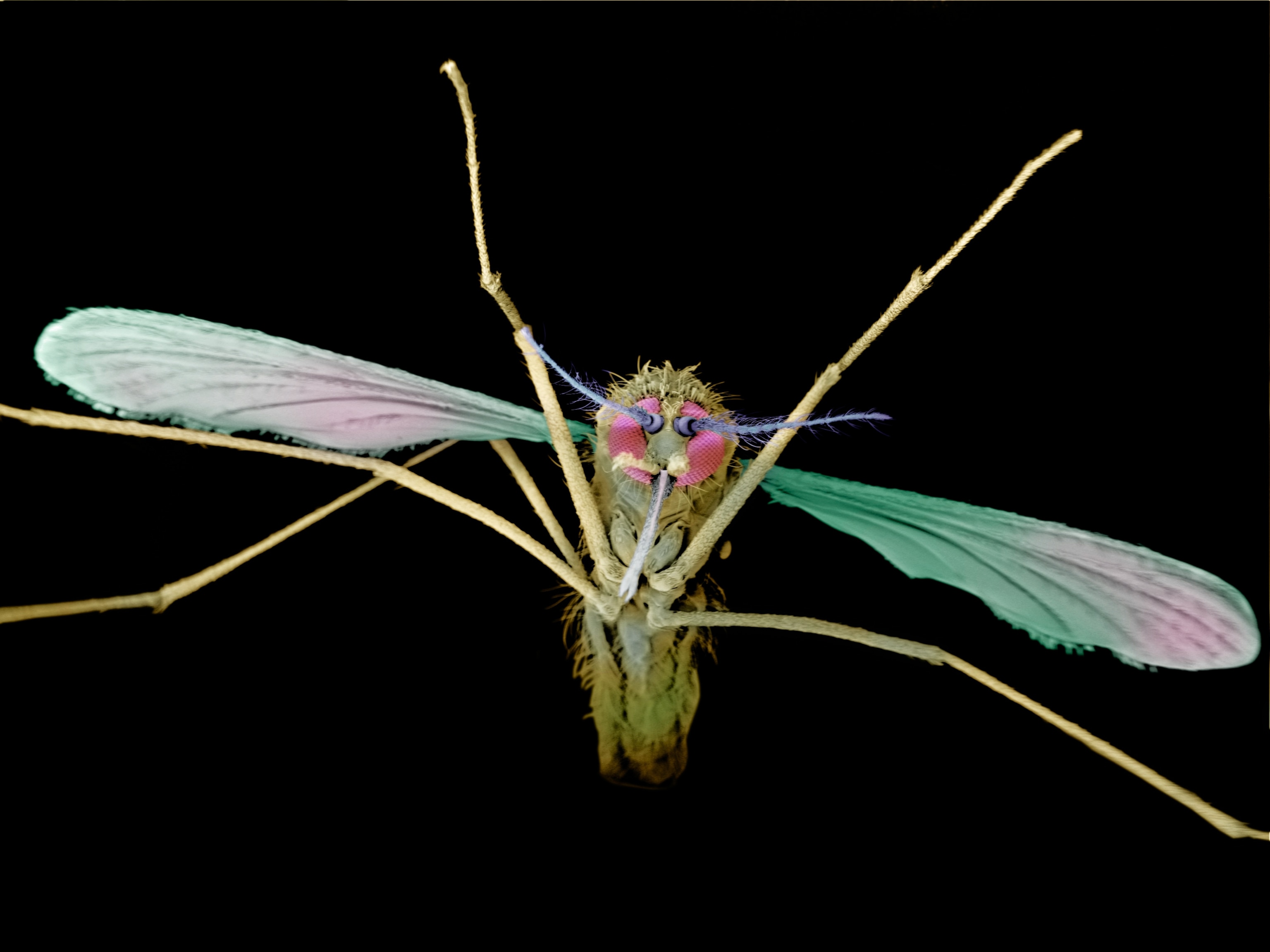
Python Hearts Double in Size—Now We Know Why
Fats in the giant snakes' blood mysteriously balloon organs, study says.
Fat does a heart good—at least if you're a python, a new study says.
High levels of fatty acids, or lipids, in the reptiles' blood nearly doubles the sizes of their hearts and other organs after breaking a long fast, experiments show.
The organs of pythons, which are infrequent eaters, balloon to speed up digestion after a typically enormous meal, according to study co-author Leslie Leinwand, a molecular biologist at the University of Colorado at Boulder.
Until now it’s been a scientific mystery how the python's body accomplishes this "extraordinary" feat, Leinwand said.
"When we drew blood from the animals, we figured that whatever what causing this organ growth was in the circulation, because all the organs, except the brain, had a post-meal increase in size."
And "when we looked at [the blood], it was so filled with fat it was opaque—it looked like milk."
Python Blood Leads to "Big Leap" in Science
To investigate the python's organ growth, Leinwand her team set up a colony of Burmese pythons in the lab—"not a typical laboratory animal," she said.
(See "Python 'Nightmare': New Giant Species Invading Florida.")
When Leinwand received a shipment of 20 squirming baby snakes in a pillowcase in 2005, she thought perhaps she'd lost her mind, she said. Nevertheless, the team stuck with the experiment for five years.
Study leader Cecilia A. Riquelme discovered early on that adding plasma from python blood to rat heart cells in a culture would make the rat cells grow.
"That was a big leap," Leinwand said.
In a live animal, this sort of growth should make the heart overall more robust.
The next step was to figure out what was causing the organs to swell. The team gradually eliminated possible causes, such as a natural protein, leaving only the fatty acids.
The biologists then identified three specific lipids in python blood that increase after a meal. Sure enough, when the scientists injected a live mouse with these three fatty acids, its heart grew.
Heart-Healthy Pythons
What's most "intriguing about the python is it has this extraordinarily high level of fatty acids in its blood, and [it's] not sick," said Leinwand, whose study appears this week in the journal Science.
By contrast, people who have fat-laden blood are often at risk for serious cardiovascular conditions. (Read "Mending Broken Hearts" in National Geographic magazine.)
"Why is the python protected from getting some type of heart disease?" she said. There may be, she suggested, something about the combination of those three fatty acids that thwarts disease.
Another "$64,000 question" is how exactly the lipids enlarge the python's organs, Leinwand said. "So far, it hasn't fit into any paradigm that we know about."
Overall, it's far too early to assume the research will lead to heart-strengthening treatments for humans, she said. (See "Snake Venom May Slow Cancer Growth, Studies Hint.")
But there may be heartening news to come: Her team is now giving the three fatty acids to mice with heart disease to see if the lipids can prevent, slow down, or even reverse their condition.





